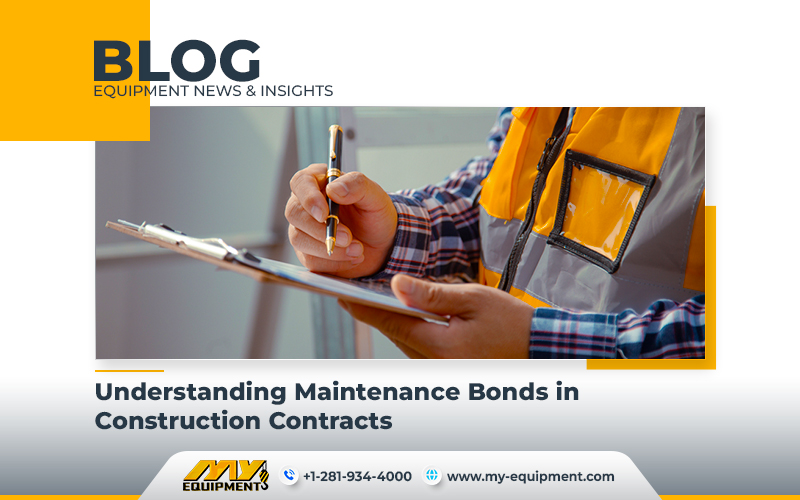Maintenance bonds are an important aspect of construction contracts and they are often requested by project owners to ensure the quality and longevity of a project. Today we will look into the details of maintenance bonds, and explain their purpose, coverage, pricing, and their significance in both public and private construction projects.
Purpose of Maintenance Bonds
Maintenance bonds serve as a guarantee to project owners that they won’t have to bear the cost of any necessary repairs or rework to meet construction standards or building regulations. These bonds protect against issues arising from design flaws, subpar craftsmanship, or inferior materials.
Coverage Limitations
Maintenance bonds only hold contractors liable for their own work, that of their subcontractors, or the use of non-compliant materials. They do not cover design flaws, used equipment failure, or if the contractor was not involved in the project’s design phase and was simply executing the owner’s plan.
Coverage Duration
The duration of maintenance bond coverage is specified in the bond itself and typically lasts for 12, 18, or 24 months. After this period, any defects or faults are no longer covered. If a valid claim arises during the coverage period, the surety firm investigates and, if approved, pays the full penalty sum of the bond. The contractor is then obligated to reimburse the surety for this amount.
Determining Bond Amount
The project owner, known as the obligee, determines the required bond amount, usually based on the total value of the construction contract. This amount serves as a safeguard against potential future maintenance costs.
Pricing Factors
The cost of a maintenance bond is a premium paid by the contractor and is influenced by several factors.
Financial Situation
The surety evaluates the applicant’s financial stability, which includes personal and business financial statements. Contractors with strong financial standings typically pay lower premiums.
Credit History
Credit reports are also considered in premium rate determinations.
Bond Amount
The larger the bond amount, the higher the premium, but this cost is typically only a fraction of the total bond value.
Premium Rates
Premium rates for maintenance bonds can vary. On average, contractors with good financial profiles can expect to pay a premium rate between 0.25% and 1.5%. For example, a $100,000 bond may cost the contractor between $250 and $1,500. Additionally, contractors obtaining both a performance bond and a maintenance bond simultaneously may qualify for more favorable rates from the surety.


 1400 Broadfield Blvd, Houston, TX 77084,
USA.
1400 Broadfield Blvd, Houston, TX 77084,
USA. omer@my-equipment.com
omer@my-equipment.com